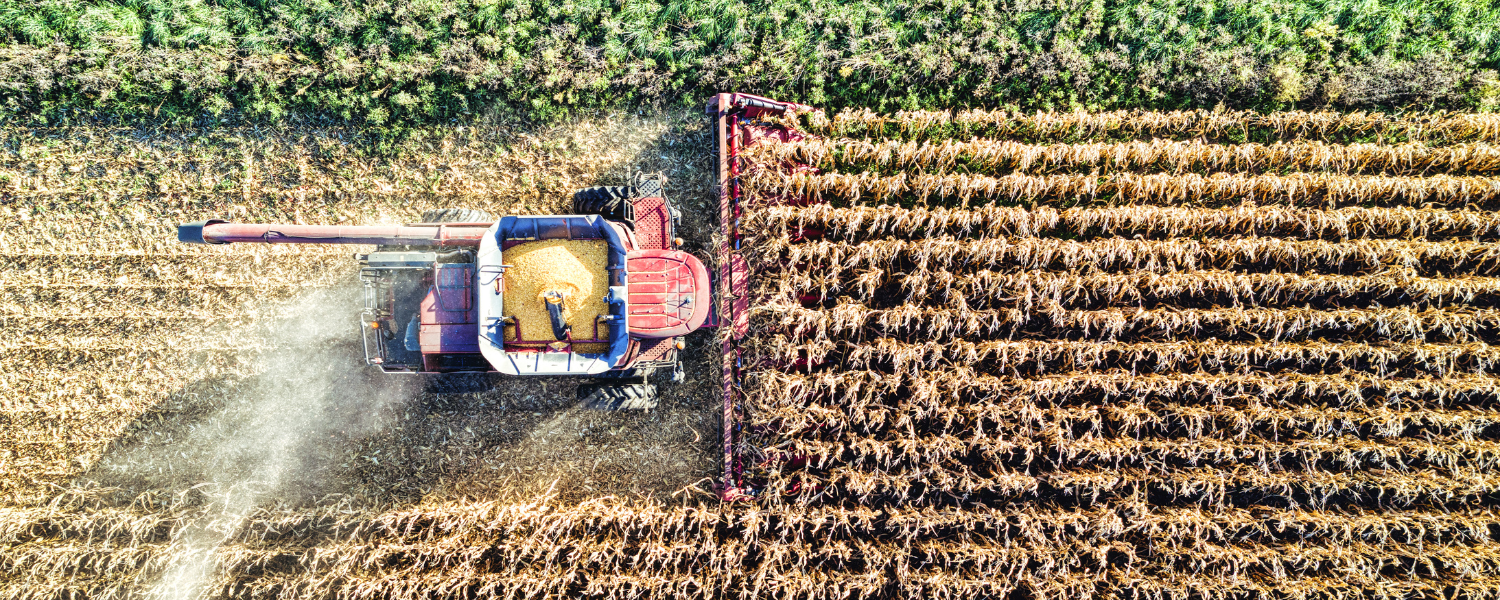AI in Food & Ag Part 1: It starts with Smart Fields
By: Lindsay Toth
Across Canada, a quiet revolution is happening in our fields. Artificial intelligence is no longer science fiction; it’s becoming part of everyday farming life. For farmers and food producers, AI is helping to blend traditional know-how with new data-driven tools, creating a food system that is smarter, more resilient, and better prepared for the challenges ahead.
Agriculture has always depended on people who can read the land. They notice the change in the soil, the pattern of the wind, the shift in the weather. Today, those same instincts are being supported by sensors, satellites, and software that can analyze information in real time. From soil moisture to crop health, AI is helping producers see what used to take seasons of observation to understand.
Precision in Every Planting
The core of smart agriculture is precision. Farmers can now use AI systems to guide seeding, watering, and fertilizing decisions with remarkable accuracy. These systems draw from years of weather records, soil data, and yield results to calculate what each field needs and when it needs it. The result is stronger crops, healthier soil, and less waste.
Across the Prairies, we’re already seeing these technologies in action. Local ag-tech companies are using predictive tools that monitor crop conditions and alert producers to problems before they become visible. When drought, pests, or disease begin to appear, AI can help identify the risk early enough to act.
Predicting the Unpredictable
Farmers have always adapted to uncertainty, but climate change has made it harder than ever to plan ahead. AI-driven climate models are changing that. These systems can run thousands of weather simulations and show how drought, frost, or heavy rainfall could affect yields. This helps producers make choices about planting, crop rotation, and timing with a level of confidence that was once impossible.
This technology is more than a safety net. It is a form of resilience building that helps farmers adapt to new realities while protecting both their livelihoods and the land.
Sustainability as a Story
AI isn’t just changing how food is grown; it’s also changing how it’s marketed. Consumers are asking more questions about where their food comes from and how it’s produced. AI can help answer those questions with data that builds transparency and trust.
Imagine a farm that can show exactly how much water was used, how emissions were reduced, or how soil health improved year over year. Those numbers become part of the story, and that story becomes part of the brand. In an age where sustainability sells, data can help small producers compete on the same stage as large corporations.
Bridging the Gap
For many smaller farms, adopting AI still feels out of reach. Reliable internet access, training, and affordability remain major barriers. To make AI work for everyone, Canada needs to invest in rural connectivity, cooperative technology models, and education that helps producers use data without giving up ownership or autonomy.
Some of the most promising ideas come from shared-platform models where farmers pool data and resources. By working together, smaller producers can unlock the same insights and efficiencies that big players enjoy, without losing the independence that defines local agriculture.
The Human Element
At its heart, farming is still a human story. AI does not replace that. It helps farmers see more clearly and act more confidently. The best technology does not make decisions for people; it gives them the tools to make better ones.
AI strengthens the knowledge farmers already have, blending intuition with insight. The goal isn’t to remove the human element from agriculture. It’s to give the people who feed us the best information possible to make the right choices for their land, their business, and their communities.
Looking Ahead
AI in agriculture is still growing, but its potential is enormous. It promises farms that are more efficient, more sustainable, and more responsive to both markets and the environment. As access improves and tools become easier to use, this technology could help build a food system that is not only productive but deeply connected to people and place.
Smart fields are only the beginning. The next step in this journey is happening inside our kitchens and processing spaces, where AI is helping food entrepreneurs create, collaborate, and scale in ways we’ve never seen before.






